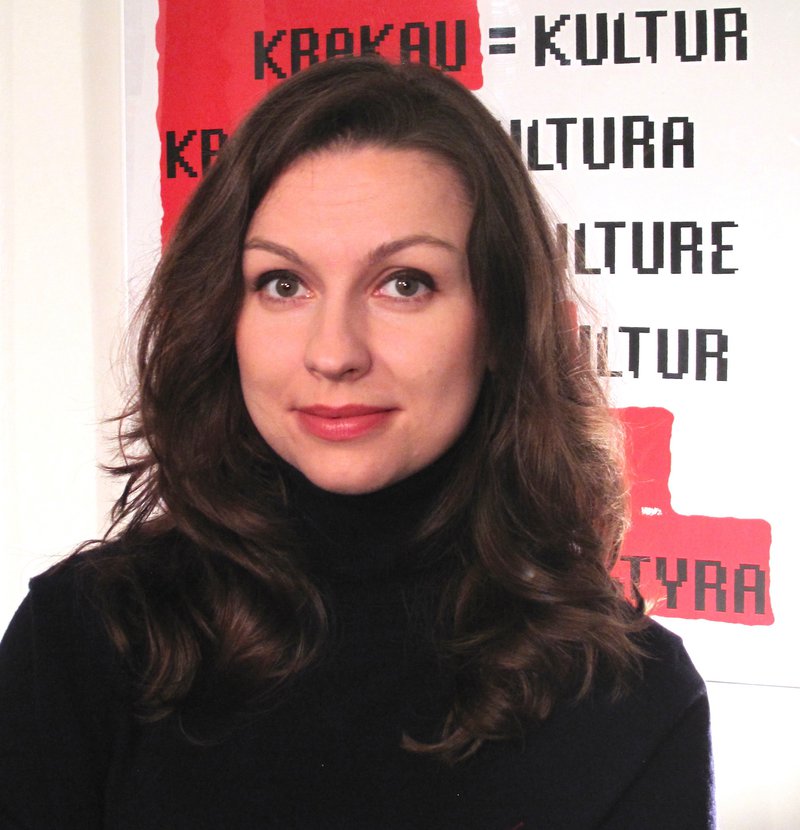Marta Skowronska-Markiewicz

First and foremost, I would like to express my profound thanks and utmost gratitude to Getty Foundation and CIMAM Board Members for providing me an opportunity to attend the conference. It was a great life and work enriching experience to become a part of CIMAM organisation and to take part in such fantastically organised event.
In the recent decades, we have acknowledged a noticeable increase of art institutions’ interests in different methods of public engagement and inclusion. Although museum’s motivation of such an attitude and means by which they implement it do differ, the positive shift towards public is visible all around the world.
This year’s conference aim was to address the issue of museum’s responsibilities in civil society. The matter, which in contemporary political and social context worldwide is undoubtedly multi-layered, complex and ambiguous and can be tackle from different perspectives. The matter which from my own professional perspective is a key issue and everyday work main concern. Working on outreach and engagement, struggling to become more relevant to local communities give me a rather critical view on how we deal as art museums with being responsible.
Nikos Papastergiadis who gave a very thought and discussion provoking keynote speech on “Museums, Networked Public Spaces and Transinstitutional Collaborations “was, among others, contemplating a necessity of collaboration in today’s world. He referred to Maria Lind’s articles on collaboration as a central method in contemporary art in the first decade of 2000’s, emphasizing a role of negotiation and mediating in the process of using it. He stressed how important is to build collaboration on mutual trust and horizontal flow of information, ownership and responsibilities.
Through his entire lecture he accurately pointed out many crucial issues that provoked me to think about how art museums fulfilling its commitment to become relevant to public. Even though we do evolve many different, interesting models of collaborations, they mainly focus on two – side relations: institution – institution/s, institution – artist/s, institution – public, artist – public. What was missing, from my point of view, during the conference discussion is how the relation and arrangement should be established when “the third” collaborator is present. What are the art institution role and responsibility towards public when artist for example decide to work with our local community?